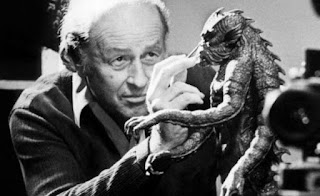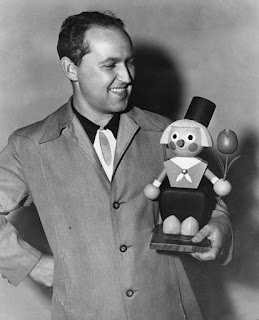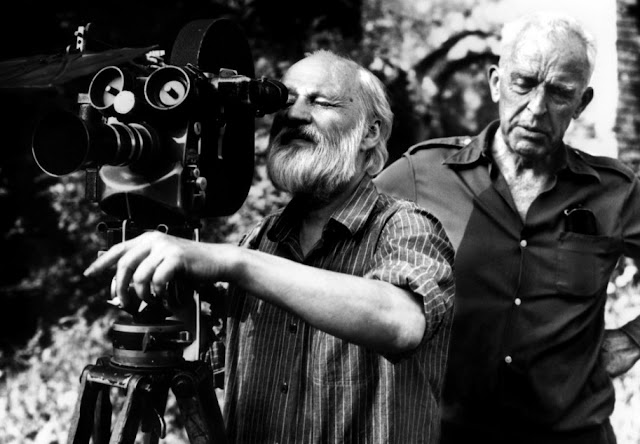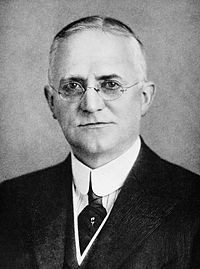Aardman
Aardman Born on December 6, 1958, in Lancashire, England, Nick Park made his first stop-motion film at age 13. After joining Aardman Animations Ltd. in 1985, he created the famed Wallace and Gromit Claymation shorts about a shortsighted inventor and his dog. Over the last twenty years Nick Park and Aardman Animations have become synonymous with 3-D stop-motion animation in the UK, successfully straddling advertising, music videos, TV series, Internet animations, Academy Award winning shorts and big budget feature films. Nicholas Wulstan Park was born in Preston, Lancashire on 6 December 1958 and started making amateur films in his teens, going on to gain a degree in Communications Arts at Sheffield City Polytechnic before being accepted at the National Film and Television School (NFTS). While studying at the School, Park asked Peter Lord and Dave Sproxton of Aardman to speak there and after graduating was invited to join the studio. Aardman was set-up in Bristol by Sproxt





